Letter recognition Normal Phonics Worksheets for Ages 3-4
17 filtered results
-
From - To
Discover our "Letter Recognition Normal Phonics Worksheets for Ages 3-4." These engaging, expertly designed worksheets provide the perfect introduction to the alphabet for young learners. Our age-appropriate exercises focus on helping children recognize letters, their sounds, and basic phonics concepts early on. With vibrant visuals and fun activities, kids will enjoy every step of their learning journey. Ideal for parents and teachers, these worksheets support early literacy skills, setting a strong foundation for future reading success. Foster your child’s enthusiasm for learning with our easy-to-use, printable phonics worksheets!
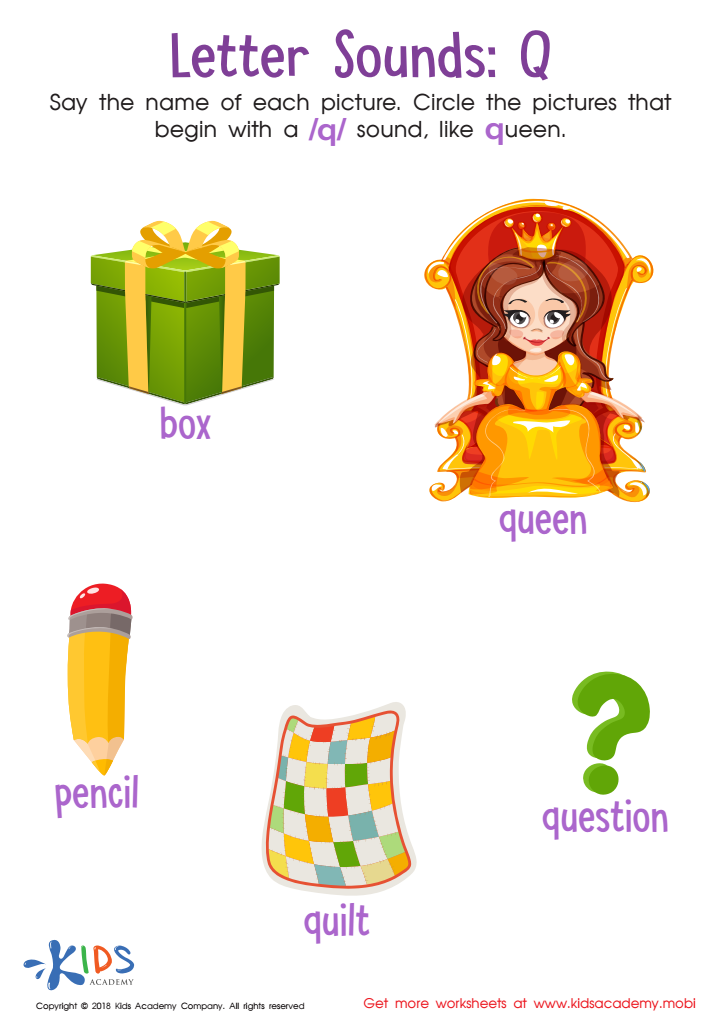

Letter Q Sounds Worksheet


Letter P Sound Worksheet
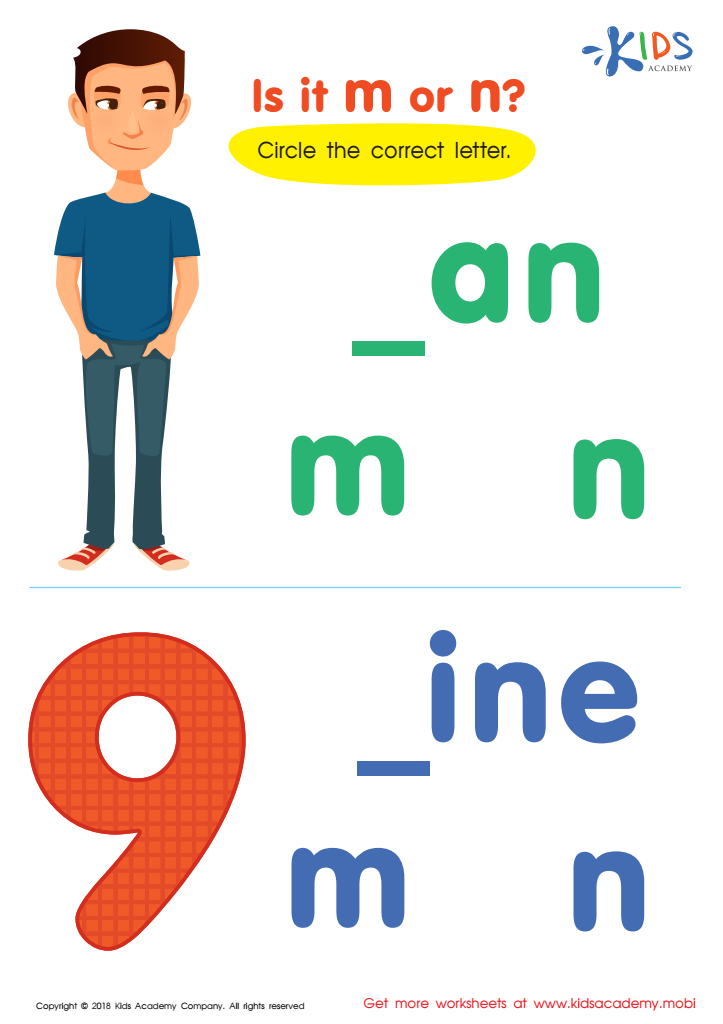

Is It m or n? Worksheet
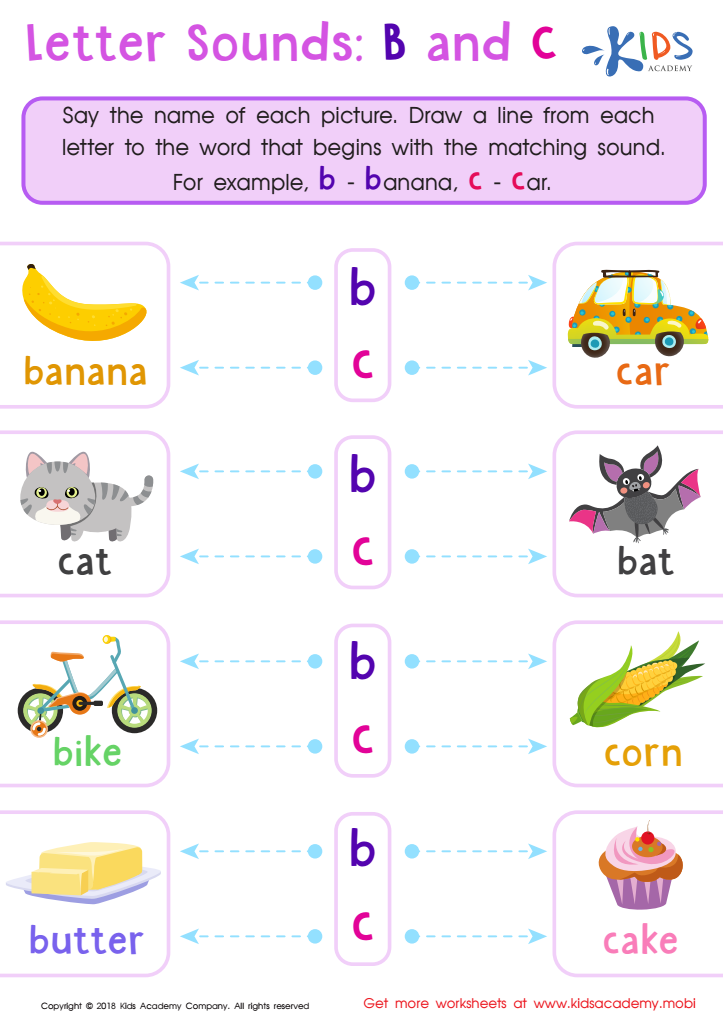

Letter B and C Sounds Worksheet
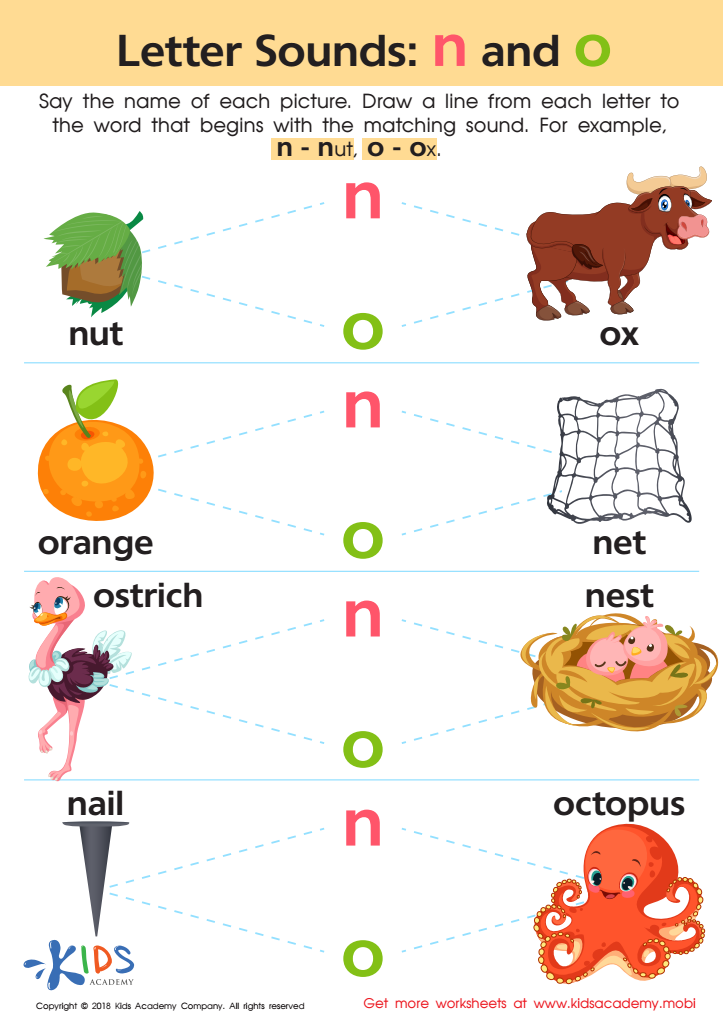

Letter N and O Sounds Worksheet
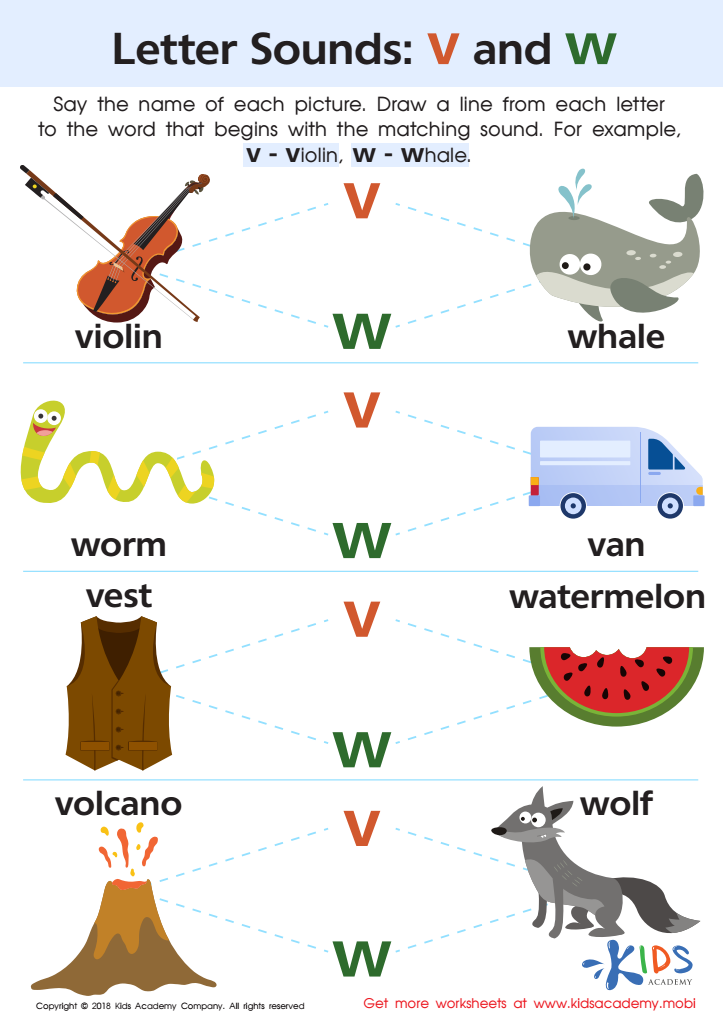

Letter V and W Sounds Worksheet
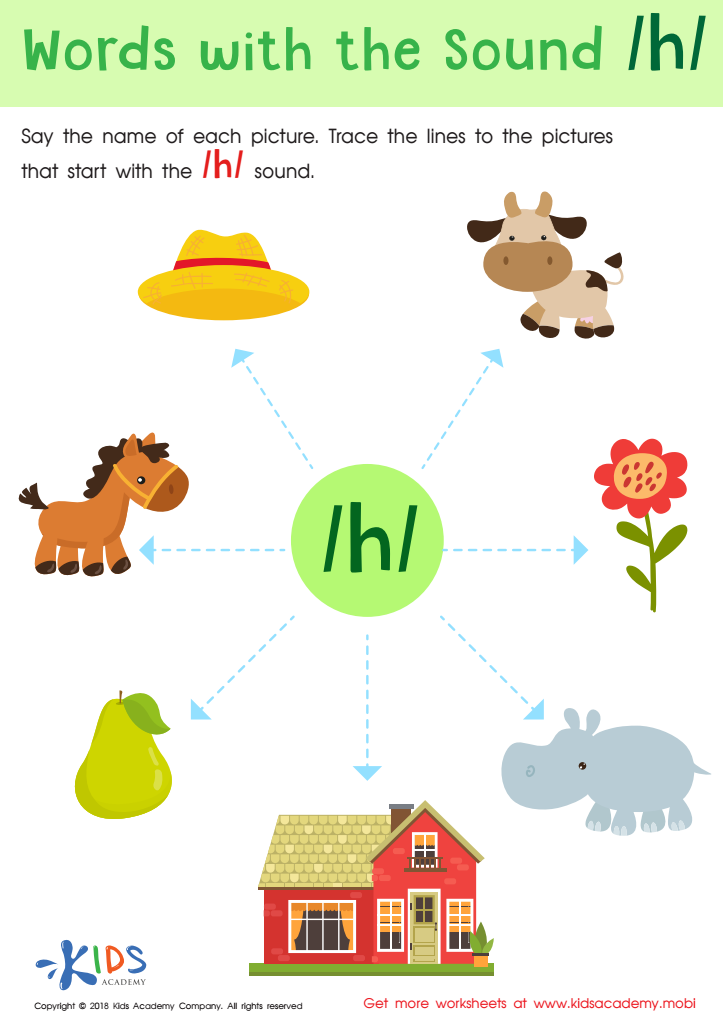

Words with sound h Reading Worksheet
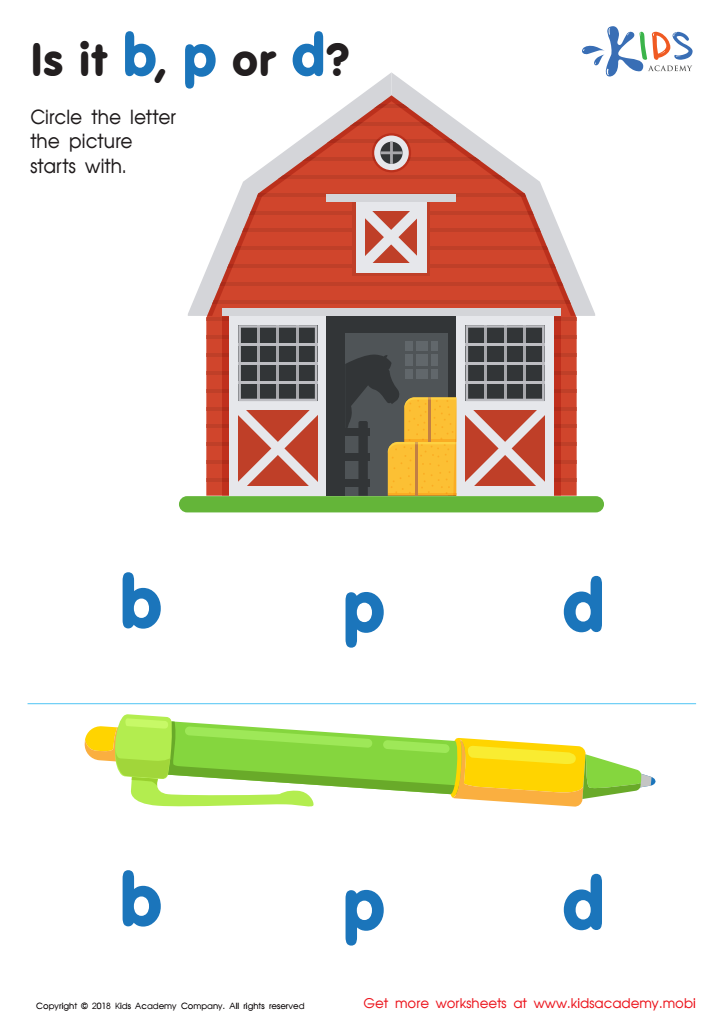

Is it b, p or d? Worksheet
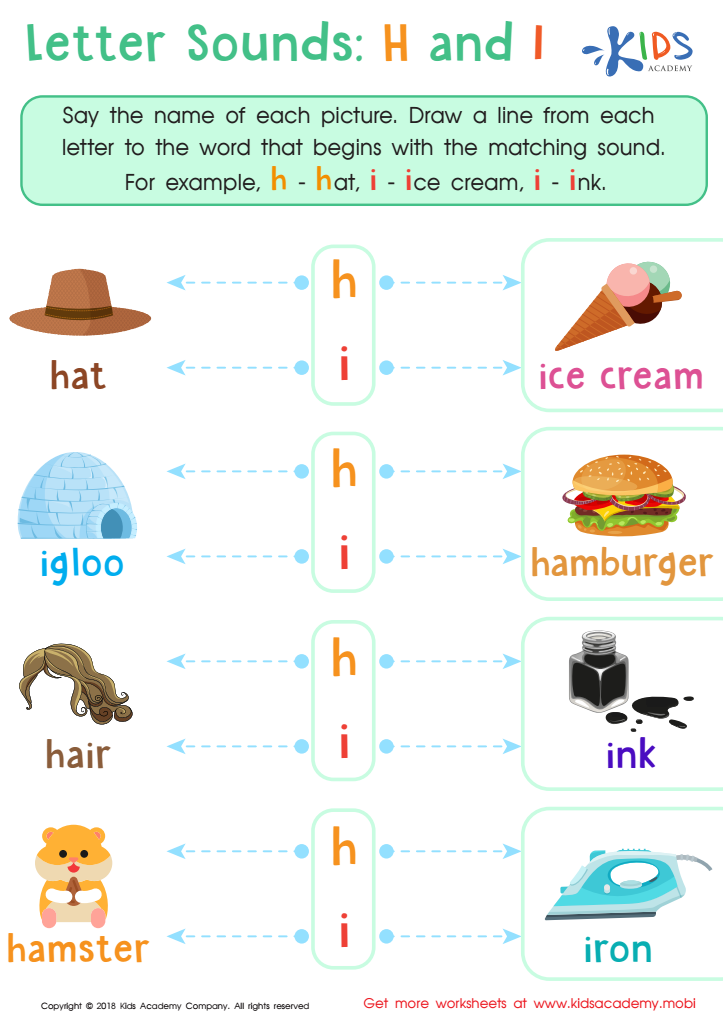

Letter H and I Sounds Worksheet


Long and Short U Worksheet
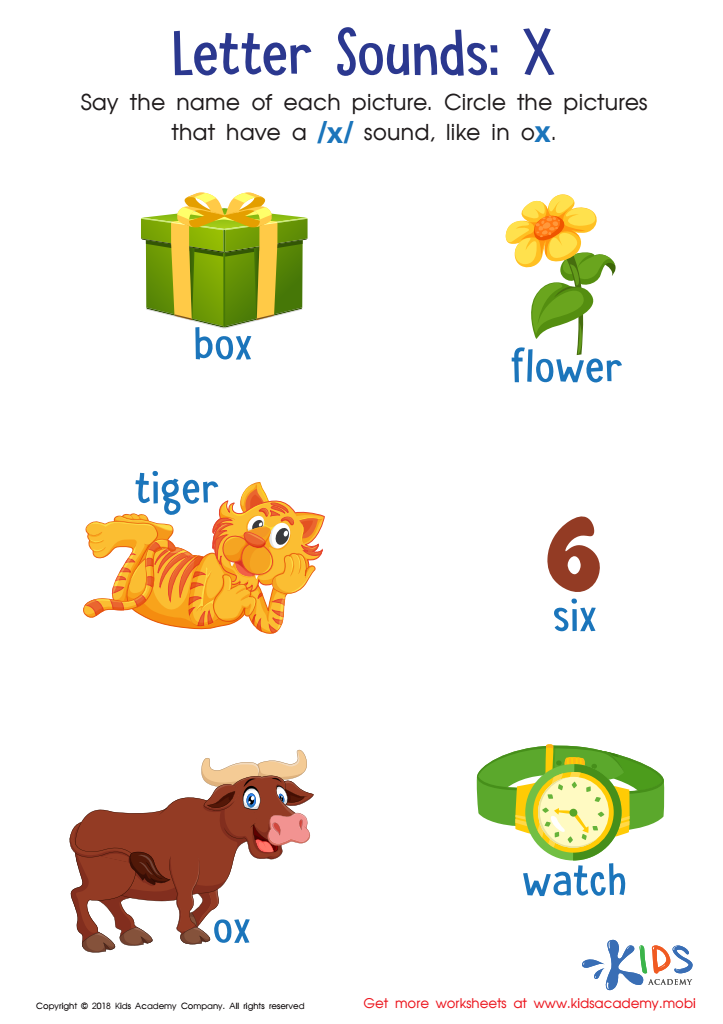

Letter X Sounds Worksheet
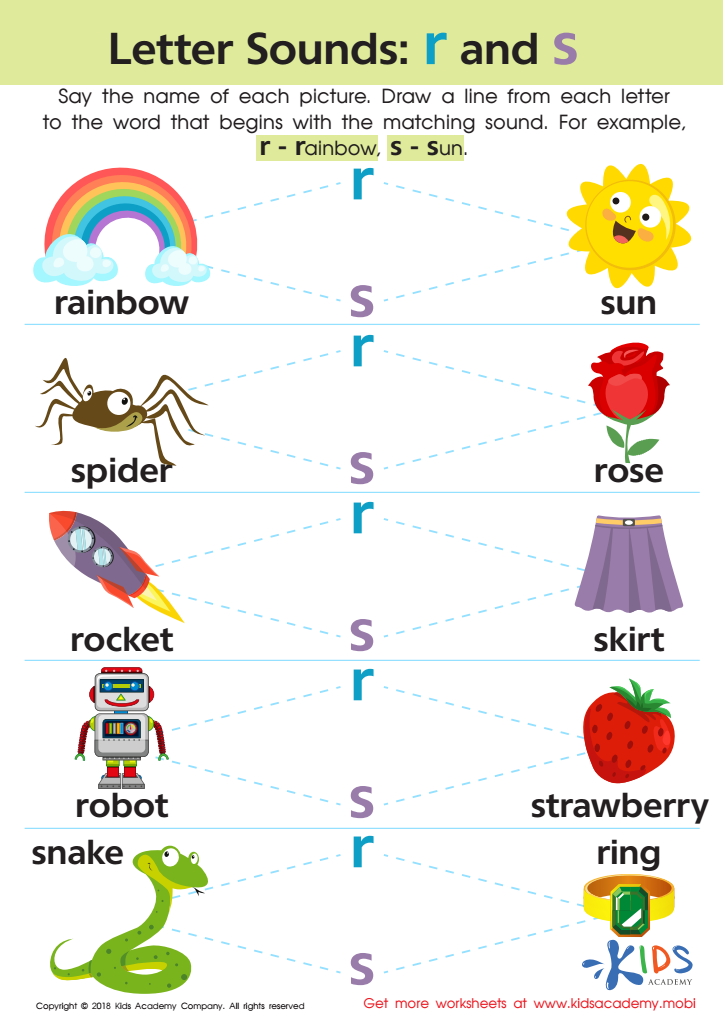

Letter R and S Sounds Worksheet


Letter l and M Sounds Worksheet


Long and Short E Worksheet
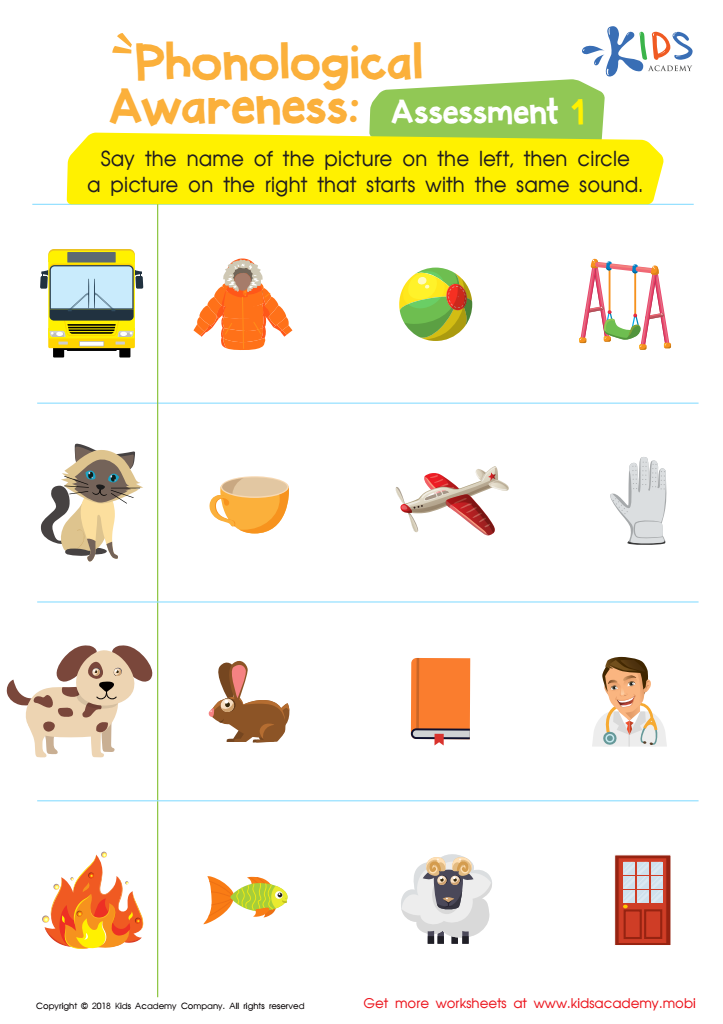

Phonological Awareness: Assessment 1 Worksheet
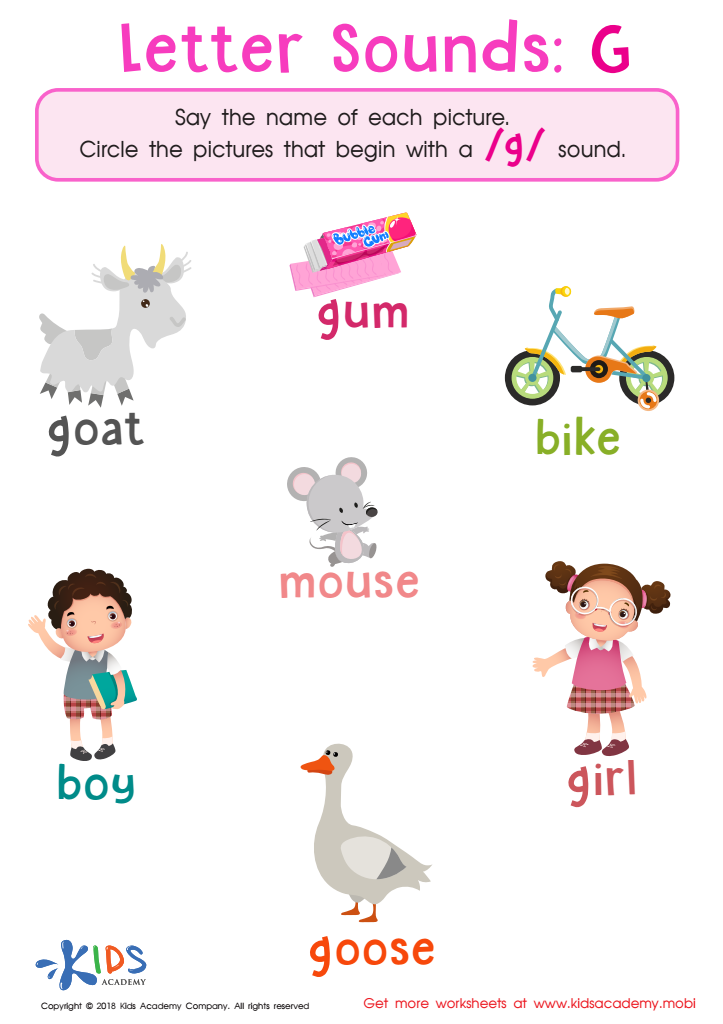

Letter G Sounds Worksheet
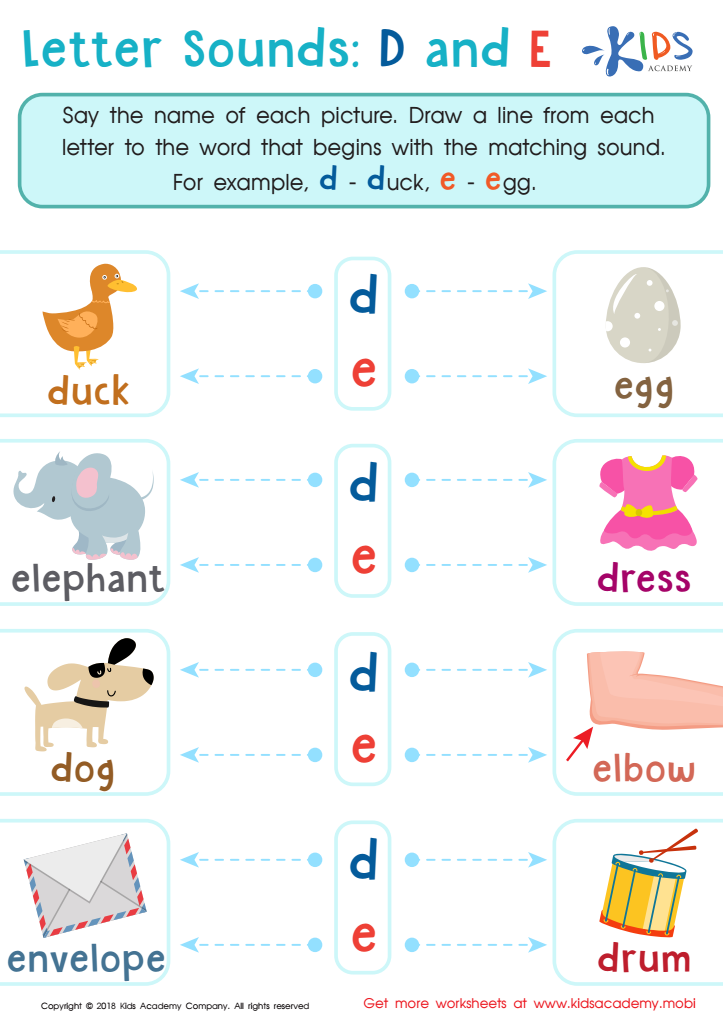

Letter D and E Sounds Worksheet
Letter recognition and normal phonics for children aged 3-4 are foundational components of early childhood education. At this developmental stage, young brains are exceptionally receptive to language acquisition. Teaching letter recognition involves helping children identify and name letters of the alphabet, which is crucial for reading readiness. When children recognize letters, they start to understand that these symbols represent sounds and words, paving the way for phonemic awareness—the ability to hear, identify, and manipulate individual sounds in spoken words.
Understanding phonics, the relationship between letters and their sounds, is equally significant. This knowledge is the cornerstone of decoding skills, enabling children to sound out words during reading. Early exposure to phonics makes reading less daunting and more enjoyable, setting a positive tone for future learning experiences.
Parents and teachers should emphasize these skills because they lay the groundwork for successful literacy development. Proficiency in letter recognition and phonics can lead to improved reading fluency, better comprehension, and greater academic achievement. Furthermore, early struggles with reading can affect a child’s confidence and attitude toward school. Thus, caring about and actively supporting letter recognition and normal phonics at ages 3-4 ensures that children build a strong, confidence-boosting foundation, enhancing their overall educational trajectory.

 Assign to My Students
Assign to My Students





















